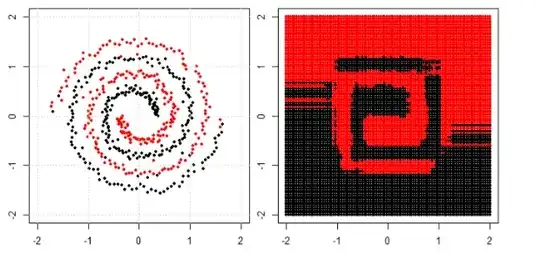I am working on Kaggle's house pricing exercise and I cannot understand something. I watch and read articles on normality tests, and more specifically JB test, but I cannot understand why according to my understanding of that test I need to reject the null hypothesis (which is the normal distribution) and conclude it is a non-normal distribution when the distribution graph shows a very close result to a normal distribution?
Jarque-Bera test = 171.236, with p-value 6.55459e-038
So from that result, if I am correct, I reject null and conclude the data are not normally distributed. But then this is the distribution graph (n=1460):
PS. The Y var is log of price and the x is year. Could the problem be that year is not a continuous variable?
